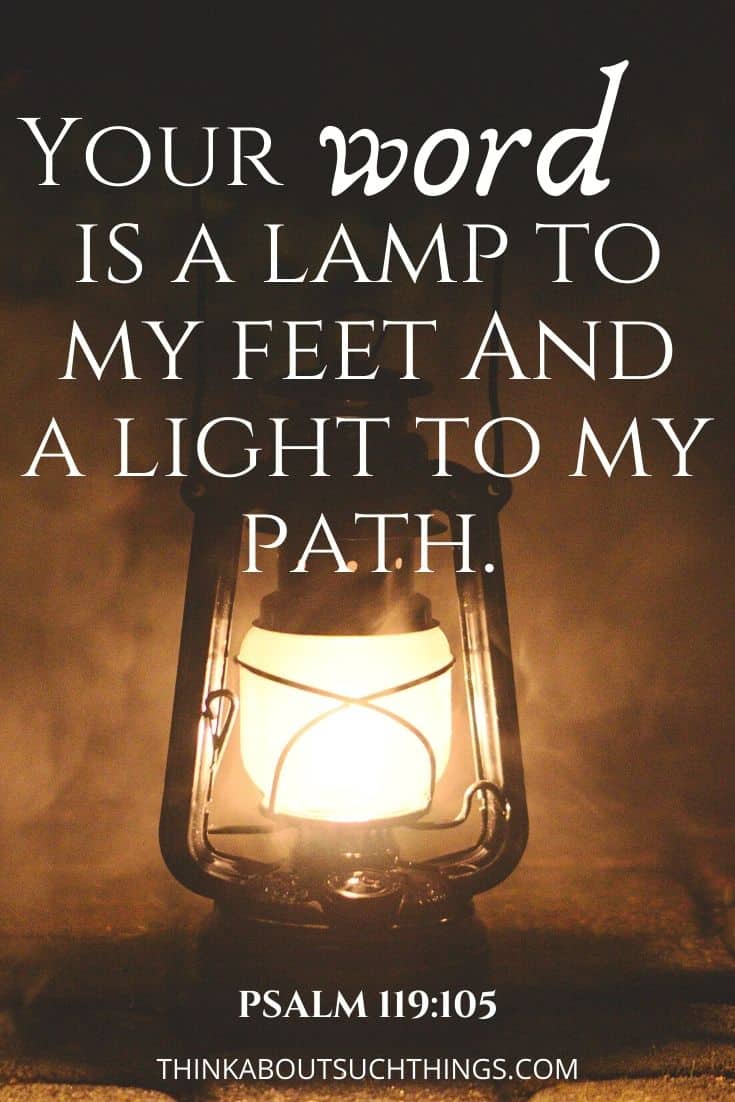

Ephrem speculated that the first light was like a huge bright mist or a pillar of fire and that after day 3 ended, God repurposed that light (and its heat) into the sun, moon, and stars.Īfter Moses spoke of heaven and earth, of the darkness, the abyss and the wind that came to be at the beginning of the first night, he then turned to speak about the light that came to be at dawn of the first day. Because God created the light, this naturally makes God the ultimate source by his power, but what was the specific source? Was the Original Source a Pillar of Fire That Later Became the Sun?Įphrem the Syrian (306–373 AD) was an apologist, a hymnographer, and a theologian in Edessa, Syria.

So it may not be the best interpretation to say this physical light in early Genesis 1 is explained by the light of Christ in John 1. It is also used in the sense of illuminating that Truth to mankind. However, John 1:9 is using light in a metaphorical sense of revealed truth-the Truth of God. 2 Because God created the light, this naturally makes God the ultimate source by His power but what was the specific source? From that moment God willed creation to be effected in the Word, Christ being present and ministering unto Him: and so God created. Genesis 1:3 Immediately there appears the Word, that true light, which lights man on his coming into the world, (John 1:9) and through Him also came light upon the world. 1īut in respect of the previous works of the world what says the Scripture? Its first statement indeed is made, when the Son has not yet appeared: And God said, Let there be light, and there was light. Genesis 1:3 This is the perfect nativity of the Word, when He proceeds forth from God . . . Then, therefore, does the Word also Himself assume His own form and glorious garb, His own sound and vocal utterance, when God says, Let there be light. He believed that the light was a physical manifestation of Christ’s glory early in creation week, four millennia before the Incarnation. Tertullian (155–220 AD) of Carthage was an early Christian apologist and theologian. In each section, we’ll introduce the thought each writer had on the light of Genesis 1:3–5 and look at them in comparison to Scripture. In the sources below, we’ll include quotes from several theologians, scholars, and rabbis. And the answers given are decidedly varied. Though we can’t give you all of their comments in this short article, we’ll give you a taste of some of them. Nevertheless, this is a question which has been debated and speculated upon among scholars and theologians for nearly two millennia. One of the most frequent questions we receive at Answers in Genesis is about this passage and specifically the question, “What was the light source on days 1–3 if not the sun?” This light separated the darkness, was observed by God as being “good” and was called “day” while the darkness was called “night.” Together they made up the first evening and morning of day 1 of creation week. According to most commentators, the light was either created by God or manifested by himself.

In Genesis 1:3–5, we are greeted with light. And there was evening and there was morning, the first day. God called the light Day, and the darkness he called Night. And God separated the light from the darkness. And God said, “Let there be light,” and there was light.


 0 kommentar(er)
0 kommentar(er)
